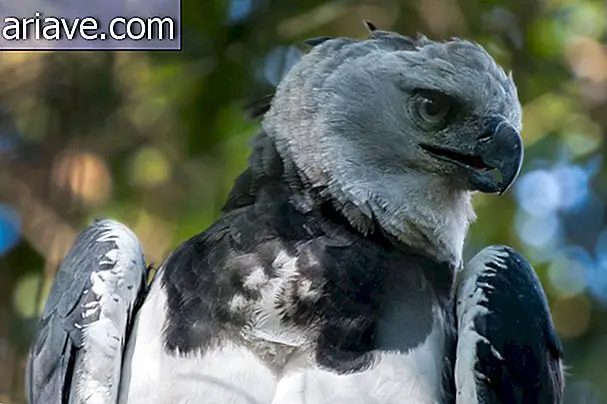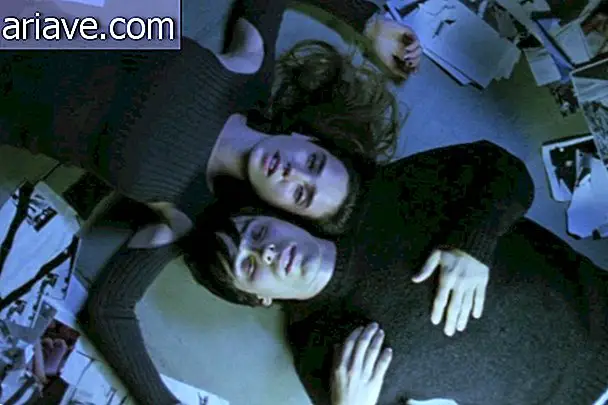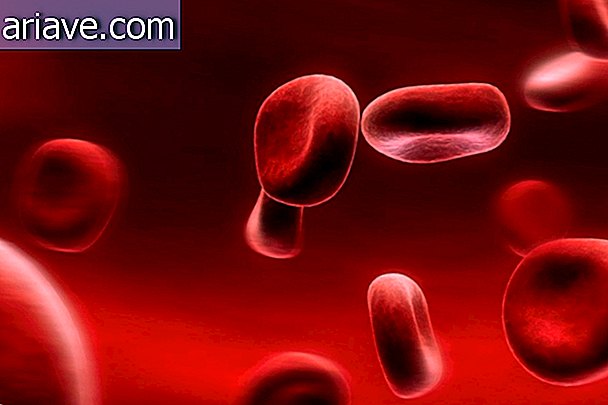How does the moon affect animal behavior?
There are many myths and fables associated with the effects of the moon on animal behavior, especially in the suggestion that certain species go a little crazy during periods of full moon, for example. Everyone has heard stories of how animals change according to the phases of the star, may become more aggressive or enter reproductive cycles.
Researchers interested in these different animal habits try to understand what are the possible relationships between these behavioral changes and the lunar cycle. In general, it turns out that there is a direct correlation between events, but for far less supernatural reasons than we would like to hear.
The full moon provides a stronger night illumination that is assimilated and translated in different ways by each species. For some animals, the event may set the time for cycle synchronization (breeding or hunting). For others, full moon light can facilitate visual communication at night, which can be useful for predators and a fear for their prey.
Check out some of the most interesting changes in animal behavior caused by the lunar cycle:
1. Lions kill more after the full moon

Lions and other predators attack more in the week following a full moon. This is because the early hours of the night are darker in the week after the full moon and the lions are more hungry from hunting failure during the earlier, brighter nights.
2. Badgers Pee New Moon

3. Bats attack less at full moon

Bats, including blood-eating vampire bats, attack less on bright nights. This is a form of preservation as they would be more visible to predators on full moon days.
4. Corals reproduce on a specific December night

Every year in December, corals along the Australian coast synchronize the largest egg and sperm release on Earth. Although a variety of environmental factors also influence the event, such as temperature, salinity and food availability in the waters, the researchers found that the level of lunar irradiation plays a key role.
5. Bird species hunt better at full moon

Bacuraus, also known as curiangos, are birds that depend fundamentally on sight to find their prey (insects in general). For this reason, they see better on full moon nights and avoid going out on darker days.
6. Scorpions glow according to moonlight intensity

One of the most interesting phenomena related to animal behavior and the lunar cycle occurs with scorpions. These arachnids shine according to the intensity of the moon's light. Because they are nocturnal hunters, this particularity of the species serves as an instrument for scorpions to know if there is security to leave their burrows.











